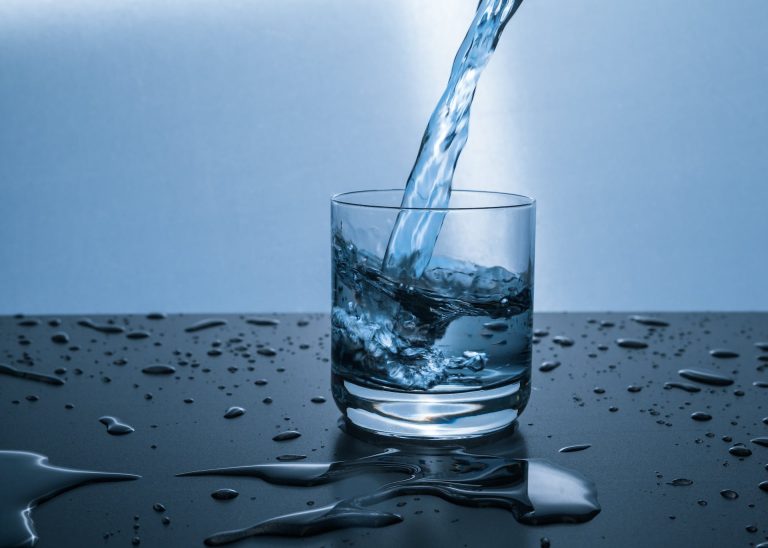Considering the fact that the average human body is about 60 percent water, it would really be remarkable if water quality did not affect our health; yet contaminants in drinking water only became a serious consideration about 50 years ago, after Consumer Reports published an extensive probe into the the safety of this resource.
The three-part series “Is the Water Safe to Drink?” revealed troubling degrees of contaminants in drinking water across the nation. This alarming report was instrumental in passing the federal Safe Drinking Water Act, a statute which authorized the Environmental Protection Agency (EPA) to establish standards for safe drinking water.
Since the Safe Drinking Water Act was passed in 1974, the EPA has set legal limits for more than 90 contaminants. Municipal water utilities are required not only to test the water quality, but also to make the reports public.
Despite existing regulations, however, various factors impact their effectiveness, rendering the quality of our drinking water still highly questionable. In many cases a lack of funds prevents proper testing and mitigation. In some cases, the allowable limits may be set too high. On top of that, new contaminants are in the process of being identified and studied.
Thus, while the EPA claims, “Over 92 percent of the population supplied by community water systems receives drinking water that meets all health-based standards all of the time,” more than 50 percent of Americans surveyed believe their tap water is unsafe to drink. Many opt for filtered tap water, while others choose to buy bottled water.
Success
You are now signed up for our newsletter
Success
Check your email to complete sign up
To protect our health, we should become aware of likely contaminants in our drinking water, understand the risks they pose, and explore the available options for improving our water quality.
Possible contaminants in drinking water
Of the long list of possible contaminants, nearly 100 are regulated. These include agricultural pollutants, microorganisms like bacteria and viruses, heavy metals like arsenic and lead, byproducts from disinfection agents, and radioactive materials.
Although some scientists consider them too high, the EPA has set thresholds for allowable limits of these substances. Your annual local water report, or CRR (Consumer Confidence Report) should show any regulated contaminants that have been detected.
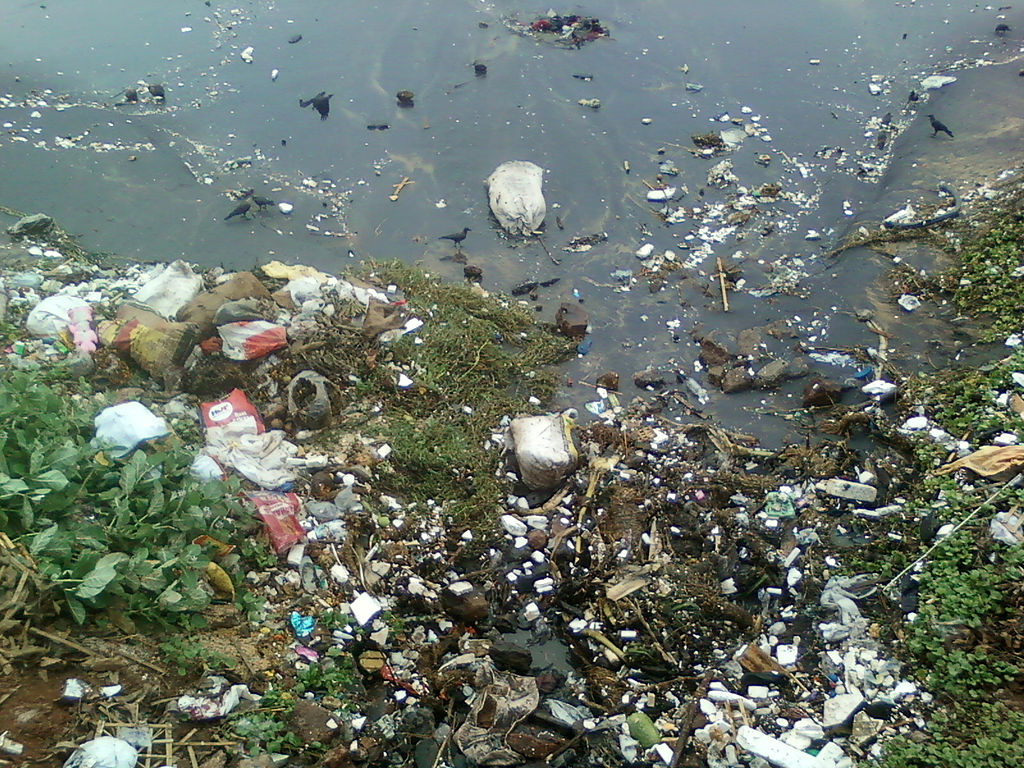
Many contaminants, however, are unregulated. These include relatively new, man-made pollutants — such as microplastics, PFAS (per- and polyfluoroalkyl substances) and pharmaceuticals. These and other potentially harmful substances are not routinely tested for, nor are there any set standards regarding safe levels for them in drinking water.
Microplastics, in particular, are so ubiquitous that the vast majority of us can safely assume we are consuming them in our drinking water. At present, there are no standardized tests for microplastics, nor do we have a full understanding of their impact on human health.
PFAS are equally troubling. These compounds — used to manufacture products like stain-resistant and water-proof materials, nonstick cookware, cosmetics, packaging materials and more — are nicknamed “forever chemicals” for their environmental persistence. They can accumulate in the body and are linked with a number of serious health conditions.

Health risks associated with different contaminants
Some of the most widely recognized pollutants — heavy metals — can be leached from old pipes or industrial waste. They are known to cause developmental and learning problems with children, as well as high blood pressure or kidney and liver damage in adults.
High levels of bacteria and viruses — more likely to be found in rural areas where animal waste may not be sufficiently treated — are liable to cause gastrointestinal disease and serious infections.
Disinfectant byproducts, or toxic chemicals produced when various cleaning agents react with organic compounds, may not have any immediate effect; but long term exposure can lead to anemia, bladder cancer, liver and kidney problems, and reduced fertility.
Agricultural pollutants like chemical pesticides and herbicides are a threat to cardiovascular, kidney and reproductive health; while excess nitrogen from fertilizers can trigger toxic algae blooms.
Although the long term effects of microplastics are still largely unknown, The Guardian reported on a study in which they caused significant damage to human cells. Laboratory research on human cells showed cell wall damage, allergic reactions and cell death in response to exposure to microplastics. They may contain carcinogens and have been linked with hormone disruption, inflammation and weakened immunity.
According to a chemical database maintained by the EPA, there are about 15,000 synthetic chemicals known as PFAS. Derived from industrial waste, consumer products and human waste, there are countless ways for them to get into our water, but testing is very limited and underregulated. Potential health risks include cancer, thyroid dysfunction, reproductive problems, developmental disorders, obesity and more.
Eliminating contaminants from drinking water
Various groups continue to advocate for higher water-quality standards; but in the meantime, many put their faith in bottled water as a pure source of drinking water. Unfortunately, most bottled water contains significant amounts of microplastics (averaging hundreds of particles per liter). In addition, Consumer Reports found that many bottled waters and seltzer waters exceeded their recommended limit of one part per trillion in PFAS. A safer option, and ultimately more cost effective, is a good water filter.

Water filters
Between all the possible filtration methods and the many ways they can be applied, there is a lot to consider in selecting the best filtration system for your needs. Depending on your circumstances and contaminant concerns, you may choose anything from a simple,10-cup filter pitcher to a whole-house, multi-step filtration system. Naturally, the cost and performance vary widely.
Filtration methods
Activated carbon
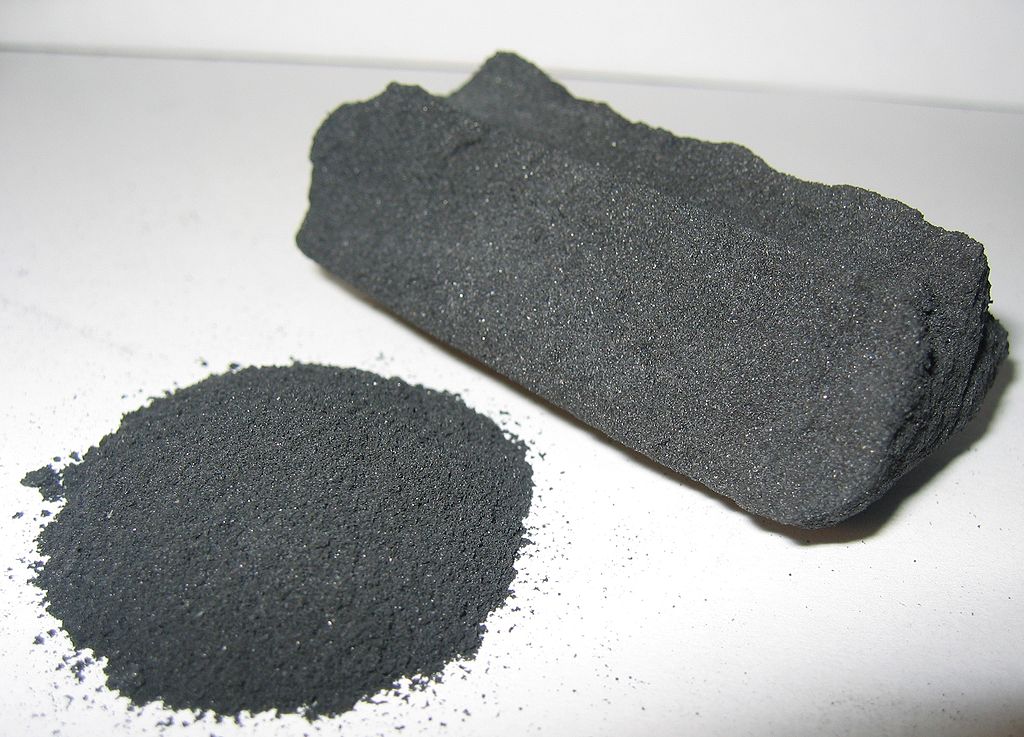
One of the most basic filtration methods is activated carbon. This substance is great for trapping impurities due to the vast surface area of fine carbon particles. Both granulated activated carbon (GAC) and activated carbon blocks (ACB) use the process of adsorption to capture contaminants like chlorine and its byproducts, agricultural chemicals, organic compounds and sulfur. They do not remove all heavy metals, minerals, fluoride or other salts.
In some advanced systems, a post-carbon filter is used in addition to a carbon filter. This is to make sure there are no residual tastes or odors in your drinking water after all the other steps of filtration are completed.
Activated alumina
Activated alumina is an ideal filter for removing fluoride or arsenic. Made from highly porous aluminum oxide, this filter relies on adsorption to draw in harmful chemicals present in the water and then binds them together — removing the risk of re-introducing them into the environment.
Alkaline
An alkaline water filter uses minerals — like calcite or ceramic beads — to restore healthy levels of trace minerals to filtered water. The process improves the flavor and also boosts the water’s pH. Alkaline water is believed to offer many health benefits due to its antioxidant properties and balancing effect on the body.
Alkalizing alone does little to purify the water, however, and should be used in combination with other filters.
Deionization
A deionization (DI) filter removes all ionized minerals (including the good ones) to produce water with the purity of distilled water. An ion exchange takes place when negatively charged resins collect positively charged substances — such as calcium and magnesium — and release hydrogen ions; while positively charged resins collect negatively charged substances — such as fluoride and chloride — and release hydroxide. The released hydrogen (H+) and hydroxide (HO-) combine to make pure water (H2O).
This process does not produce ideal drinking water on its own, and should be used in combination with other filters — including an alkaline filtration to re-introduce essential trace minerals.
Reverse osmosis
While osmosis occurs naturally when molecules pass through a membrane from a less concentrated solution to a more concentrated solution to reach equilibrium, reverse osmosis uses standard water pressure to push molecules from a more concentrated (contaminated) solution through a membrane, thereby purifying the water.
The semi-permeable reverse-osmosis membrane has a pore size of about 0.0001 micrometers, and catches anything larger than a water molecule, including beneficial minerals. Thus, it is often used in combination with other filters that will re-mineralize your water.
Sediment
A sediment filter, obviously, removes sediments from your water. Not only does the removal of solids like sand and silt improve the quality and taste of your water, it also protects pipes and appliances (including your water purifier) from damage. It is usually the first step in a multi-stage filtration system.
UV
UV filters are an excellent choice for eliminating microorganisms such as bacteria and viruses. Pathogens are deactivated by UV light, which “scrambles” their DNA. Water is thus disinfected as it passes by a UV lamp installed in the water line.
UV light does not eliminate other contaminants, and should be used in combination with other filters.
Various filter applications
Depending on your usage and which contaminants you want to address, there is a filtration system that will suit your needs. Whichever application you choose, be sure to change your filters regularly, as recommended.
Water filter pitchers
Pitchers are a basic, low-cost option for filtering small amounts of water daily. Pitchers commonly employ an activated carbon filter, which will improve the taste and quality of your water by reducing chlorine and several chemical compounds. They might also include an alkalizing component.
Faucet filters
Faucet filters have a large capacity, as they filter water directly at the tap. They are simple to install but appear bulky on any faucet. These can be specialized for specific contaminants, so be sure to choose one that meets your requirements.
Countertop filters
Countertop filters are basically like having a water dispenser in your kitchen. They are stationary, and usually larger than the pitcher. Countertop filters can be more thorough in eliminating contaminants, as they often include multiple stages — including at least one carbon filter, and a sediment membrane. Some will also include ion exchange.
Under-sink filters
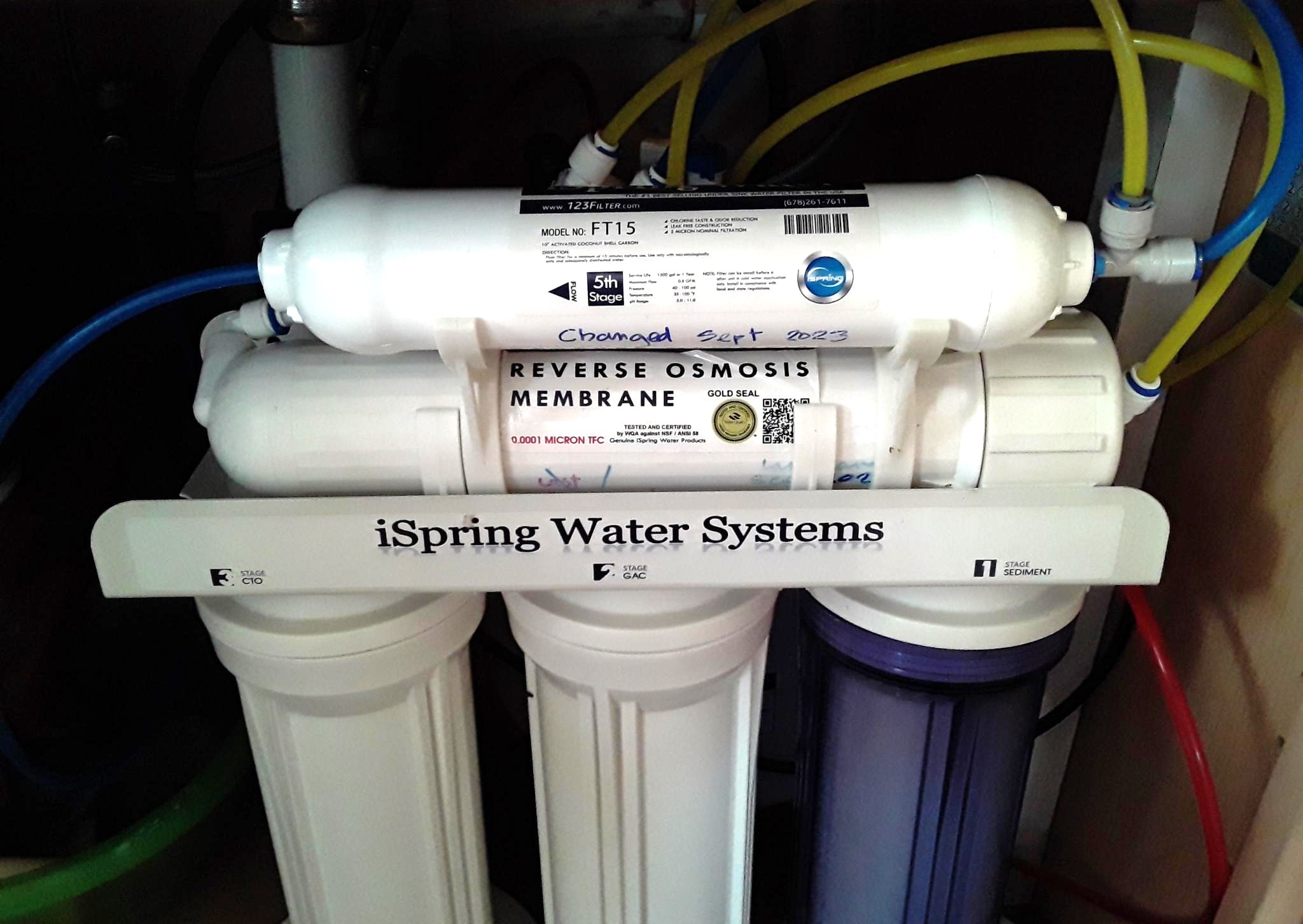
Under-sink filtration units are out of sight, but take up quite a bit of space under your sink, as they usually involve multiple filter cartridges plus a large storage tank. These systems, ranging from “3-stage” to “9-stage” can filter a large volume of water, which is available on demand through a separate, small faucet that is included to be incorporated into your sink.
If you are handy and can follow plumbing diagrams, you can probably install your own under-sink filtration system. They get hooked up to your cold water line, and will have several different-colored lines going from one stage to the next. If you have a granite countertop, you will at least need a professional to drill the hole for your new spout.
These comprehensive systems will remove most contaminants and possibly re-mineralize as well. Some filters have a longer lifespan than others, so it is a good idea to mark the date each time you replace a cartridge.
Whole-house filters
Whole-house filters are typically placed near the shut-off valve where your plumbing line enters the house. They usually focus on a specific contaminant (often minerals, to minimize hard-water damage in pipes and appliances throughout the household). Depending on your concerns and needs, you can select almost any — or many — types of filter for the water entering your home.
Whole-house filters are pricey, and should be installed by a professional, since the existing pipes will need to be modified. These are a good solution if you have contaminants that affect not just your drinking water, but also your laundry, shower, dishwasher, pets, plants etc.
Testing…testing
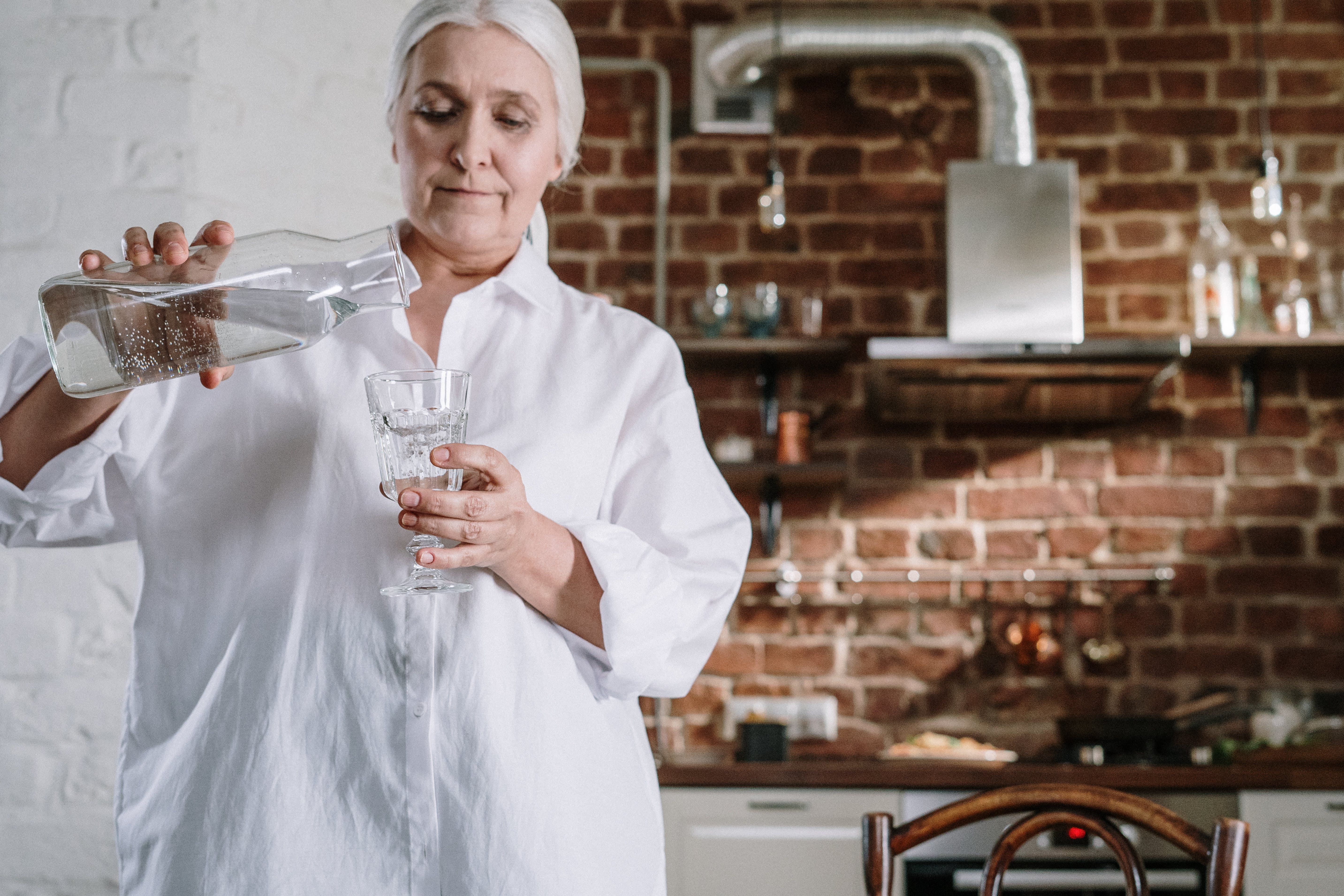
While your local water reports will give you a good idea of your water quality, there may be contaminates that were not tested for. If you suspect high concentrations of unregulated substances, or if you live in a rural area and rely on well water, you may want to have your water tested. This involves sending an untreated water sample to a certified lab, and it can be pricey.
You may also want to talk to your neighbors to see if and how they have treated their water. Taste-testing others’ filtered water will help you decide whether their system will work for you, too.



